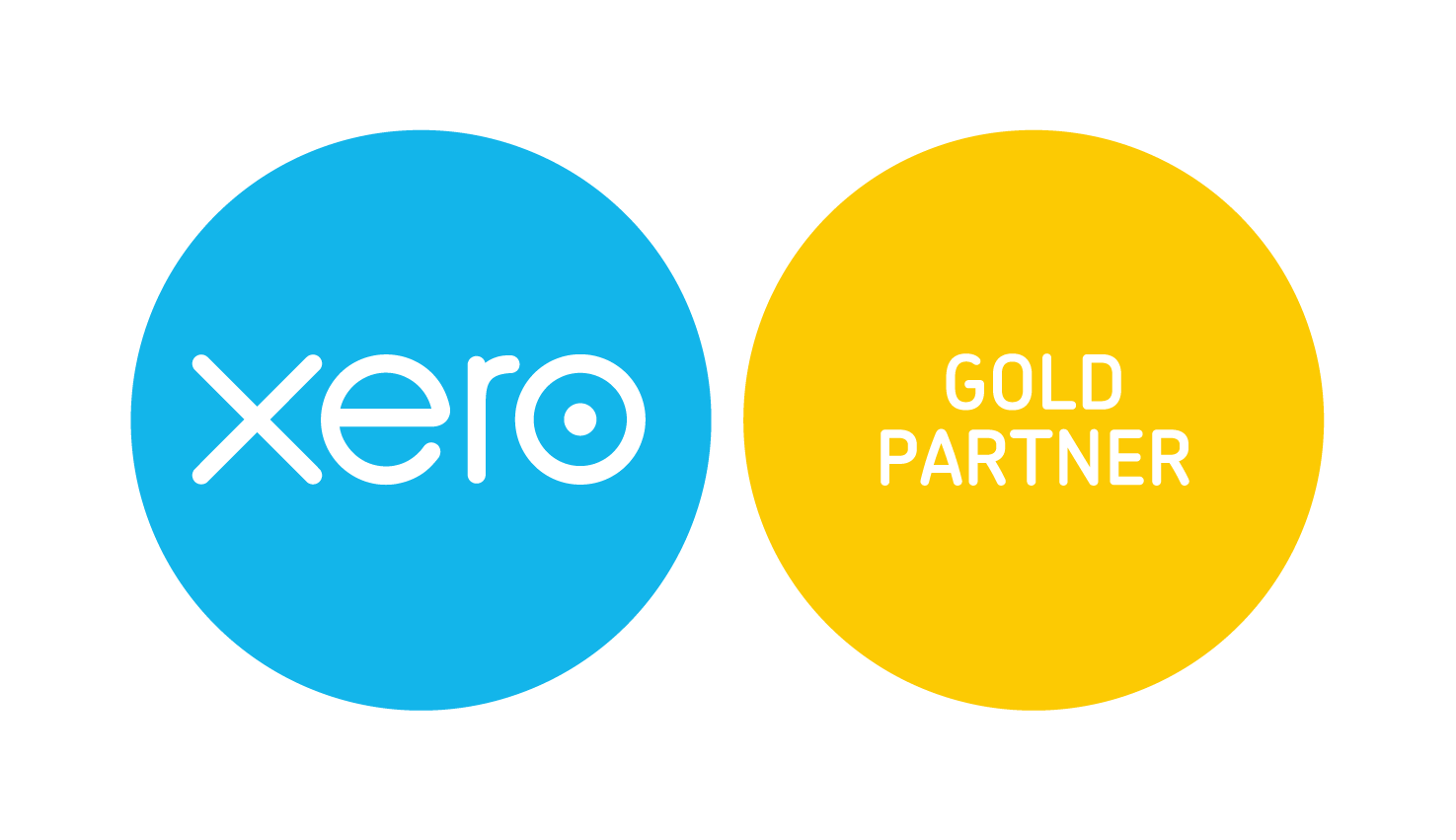Christmas and Tax

(<With the festive season fast approaching, business owners will be turning their mind to year-end celebrations with both employees and clients.>)
Knowing the rules around Fringe Benefits Tax (FBT), GST credits and what is or isn’t tax deductible can help keep tax costs to a minimum. Holiday celebrations generally take the form of Christmas parties and/or gift giving.
(<->)
<Parties)
Where a party is held during a working day, on business premises, attended by current employees only and costs less than $300 a head (GST inclusive), FBT does not apply. However, the cost of the function will not be tax deductible and GST credits cannot be claimed.
Where the function is held off business premises, say at a restaurant, or is also attended by employees’ partners, FBT applies where the GST-inclusive cost per head comes to $300 or more, the costs are tax deductible and GST credits are available.
However, FBT will not apply where the per person cost is below the $300 threshold if it can reasonably be regarded as an exempt minor benefit – i.e., one that is only provided irregularly and infrequently. Where FBT does not apply because of the minor benefit rule, the cost will not be deductible and GST credits will not be available.
Where clients also attend, FBT will not apply to the cost applicable to them, but those costs will not be tax deductible and GST credits will not be available. Where there is a mix of attendees, you may need to keep track of who participated in the function.
<Gifts)
First, you need to work out whether the gift itself is in the nature of entertainment – for example, movie or theatre tickets, admission to sporting events, holiday travel or accommodation vouchers.
Where the recipient of an entertainment gift is an employee (or an associate of an employee) and the GST-inclusive cost is below $300, the minor benefit exemption should apply so that FBT is not payable, in which case the cost will not be tax deductible and GST credits are not claimable. For larger entertainment gifts to employees, however, FBT applies, the cost is deductible, and GST credits can be claimed.
Where the gift is not in the nature of entertainment and it falls below $300, the FBT minor benefit exemption should apply – for example, Christmas hampers, bottles of alcohol, pen sets, gift vouchers. But because the entertainment rules don’t apply, the cost of the gift is tax deductible and GST credits are claimable.
Where a gift is made to a client, the $300 FBT minor benefit exemption falls by the wayside, but as long as it is not an entertainment gift and it was made in the reasonable expectation of creating goodwill and boosting future business it should be deductible to the business. GST credits are also claimable, while the amount is uncapped (within reason).
<Best approach for employees)
Provided partying is not a regular thing in your business, taking employees out for Christmas lunch escapes the FBT net, as long as the cost per head stays below the $300 threshold. While the cost of the function will be non-deductible, and no GST credits are available, that generally has less of a cash-flow impact on the business than the grossed-up FBT amounts.
For employees and their associates, non-entertainment gifts under $300 are a good way to go. Making a non-entertainment gift costing up to $299 is a very tax effective way of showing your appreciation. And because the $300 cap applies separately to each benefit, depending on how generous you feel, you could also make a gift costing up to $299 to the partner or spouse of an employee, which effectively doubles the $300 minor benefits cap.
Where the cost of a non-entertainment gift costing up to $299 is not subject to FBT, it will be tax deductible, with an entitlement to GST credits, giving you the best of both worlds.
<Best approach for clients)
While FBT is off the table for business clients, making a non-entertainment gift (tax deductible; no dollar limit within reason) is actually much more tax effective than wining and dining a key client (non-deductible entertainment). If you put some thought into what gift to buy a client and perhaps deliver it yourself, you might make much more of an impact than inviting them to share a restaurant meal in their already crowded Christmas calendar.
If you’re not sure and you need help in sorting out the tax treatment of your upcoming holiday celebrations and gifting, don’t hesitate to give us a call.







